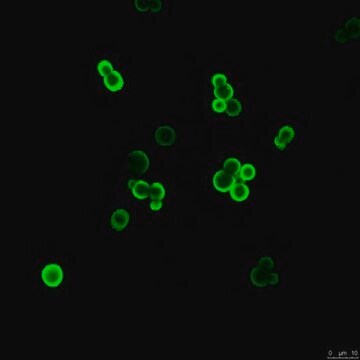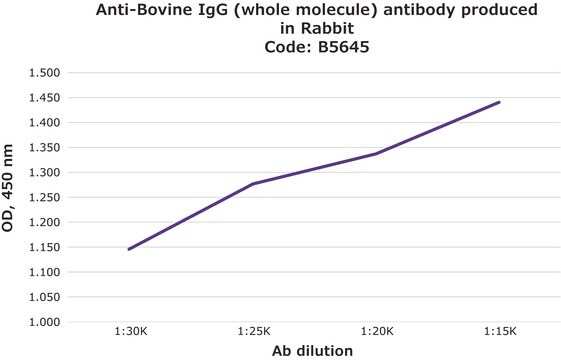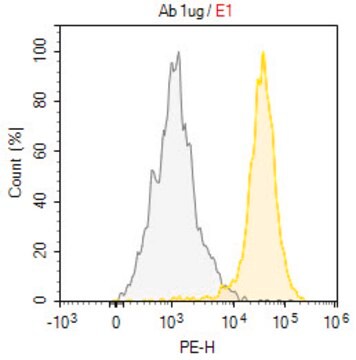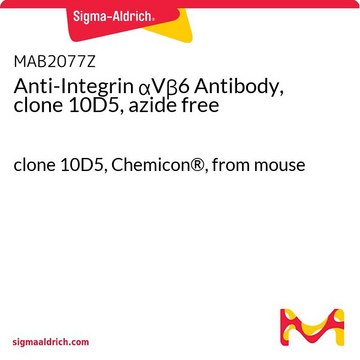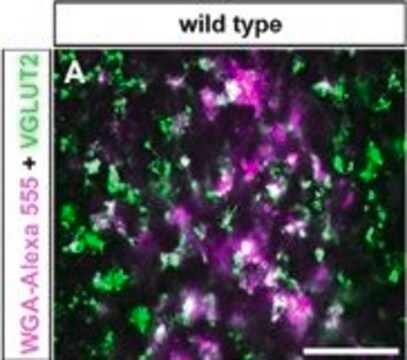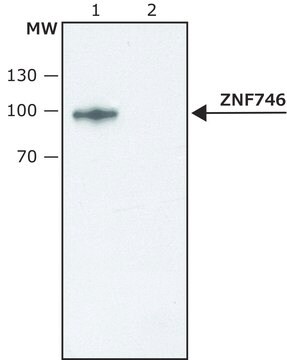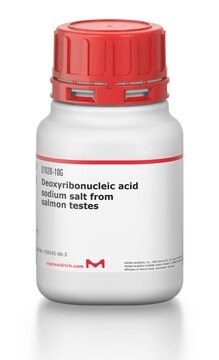MABF3125
Anti-Glucuronoxylomannan/GXM Antibody, clone 3E5
Synonyme(s) :
GXM
About This Item
Produits recommandés
Source biologique
mouse
Niveau de qualité
Forme d'anticorps
purified antibody
Type de produit anticorps
primary antibodies
Clone
3E5, monoclonal
Poids mol.
observed mol wt ~N/A kDa
Produit purifié par
using protein G
Espèces réactives
fungi
Conditionnement
antibody small pack of 100
Technique(s)
ELISA: suitable
immunohistochemistry: suitable
neutralization: suitable
Isotype
IgG1κ
Séquence de l'épitope
Unknown
Numéro d'accès Protein ID
Numéro d'accès UniProt
Température de stockage
-10 to -25°C
Spécificité
Immunogène
Application
Evaluated by Immunohistochemistry (Paraffin) in Cryptococcus neoformans infected Mouse lung tissue sections.
Immunohistochemistry (Paraffin) Analysis: A 1:50 dilution of this antibody detected glucuronoxylomannan/GXM in in Cryptococcus neoformans infected Mouse lung tissue sections.
Tested Applicatins
Neutralizing: A representative lot neutralized Gonoxylomannan/GXM and prevented toxicity in mice. (Lendvai, N., et al. (1999). J Infect Dis.180(3):791-801).
Immunohistochemistry Applications: A representative lot detected Glucuronoxylomannan/GXM in Immunohistochemistry applications (Feldmesser, M., et al. (1997). J Immunol. 158(2):790-9; Lendvai, N., et al. (1999). J Infect Dis. 180(3):791-801).
Fluorescence Activated Cell Sorting (FACS): A representative lot was used for sorting J774 and CHO cells labeled with this antibody in Fluorescence Activated Cell Sorting applications (Saylor Hawk, C., et al. (2019). J Immunol. 202(9):2782-2794).
ELISA Analysis: A representative lot detected Glucuronoxylomannan/GXM in ELISA applications (Janda, A., et al. (2015). J Biol Chem. 290(19):12090-100; Saylor Hawk, C., et al. (2019). J Immunol. 202(9):2782-2794).
Note: Actual optimal working dilutions must be determined by end user as specimens, and experimental conditions may vary with the end user.
Description de la cible
Forme physique
Reconstitution
Stockage et stabilité
Autres remarques
Clause de non-responsabilité
Vous ne trouvez pas le bon produit ?
Essayez notre Outil de sélection de produits.
Code de la classe de stockage
12 - Non Combustible Liquids
Classe de danger pour l'eau (WGK)
WGK 2
Point d'éclair (°F)
Not applicable
Point d'éclair (°C)
Not applicable
Certificats d'analyse (COA)
Recherchez un Certificats d'analyse (COA) en saisissant le numéro de lot du produit. Les numéros de lot figurent sur l'étiquette du produit après les mots "Lot" ou "Batch".
Déjà en possession de ce produit ?
Retrouvez la documentation relative aux produits que vous avez récemment achetés dans la Bibliothèque de documents.
Notre équipe de scientifiques dispose d'une expérience dans tous les secteurs de la recherche, notamment en sciences de la vie, science des matériaux, synthèse chimique, chromatographie, analyse et dans de nombreux autres domaines..
Contacter notre Service technique